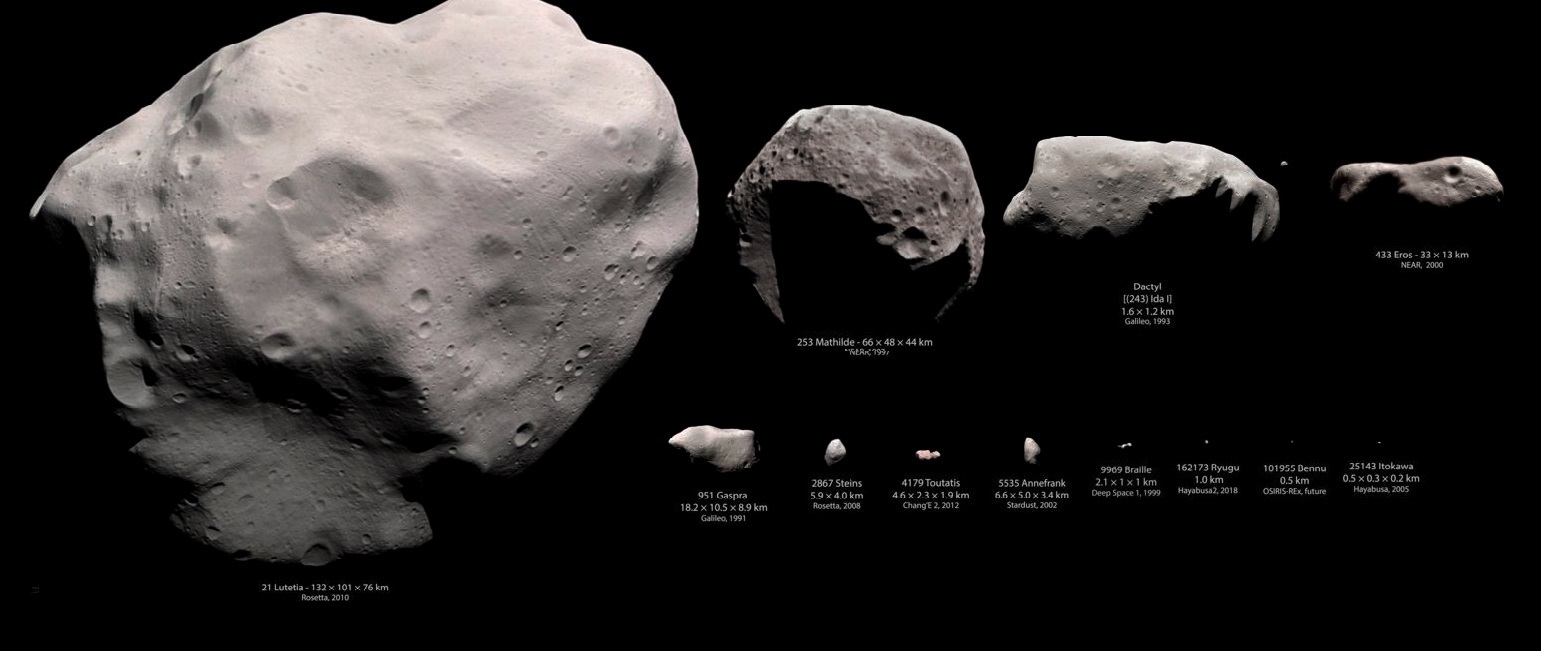

au One Astronomical Unit (au) is approximately 150 million kilometers (see glossary for definition). 'n/a' means that a frequency estimate is not available. Rarity A measure of how infrequent the Earth close approach is for asteroids of the same size and larger: 0 means an average frequency of 100 per year, i.e., roughly every few days or less, 1 corresponds to roughly once a month, 2 to roughly once a year, 3 to roughly once a decade, etc. ET, and the capsule containing the sample will enter Earth’s atmosphere at 10:42 a.m. Diameter Diameter value when known or a range (min - max) estimated using the asteroid's absolute magnitude (H) and limiting albedos of 0.25 and 0.05. Asteroids Comets Conjunctions The Deep Sky The Dwarf Planets The Earth. H (mag) Asteroid absolute magnitude (in general, smaller H implies larger asteroid diameter). An online planetarium from, showing what stars and planets you. V infinity ( km/s) Object velocity relative to a massless Earth at close-approach.

V relative ( km/s) Object velocity relative to Earth at close-approach. The minimum possible distance is based on the 3-sigma Earth target-plane error ellipse. CA Distance Minimum ( au) The minimum possible close-approach distance (Earth center to NEO center), in astronomical units. CA Distance Nominal ( au) The most likely (Nominal) close-approach distance (Earth center to NEO center), in astronomical units. com Asteroid Calculator HoroscopeYourself Asteroid Online Calculator, Asteroids in Astrology Natal Chart - Seek and. Birth city: ( Enter coordinates manually ) Partner B - Date of Birth.
#Asteroid online calculator free
View CA Open the close-approach viewer and render the high-precision trajectory during the close approach. Asteroids in Synastry Chart, Free Astrology Calculator. The 3-sigma uncertainty in the time is given in the +/- column in days_hours:minutes format (for example, "2_15:23" is 2 days, 15 hours, 23 minutes "< 00:01" is less than 1 minute). Please note that with very large asteroids, gravity can become significant, thus reducing the usefulness of this data. "Nominal Date" is given to appropriate precision. This form will calculate energy requirements for various methods of destroying asteroids. This angle is 90 degrees for a vertical impact. Impact Angle (in degrees) The impact angle is measured from a plane tangent to the impact surface. The maximum Earth impact velocity for objects orbiting the sun is 72 km/s. Typical impact velocities are 17 km/s for asteroids and 51 km/s for comets. NASA’s Next-Generation Asteroid Impact Monitoring System Goes Online. Object Object primary designation Close-Approach (CA) Date Date and time (TDB) of closest Earth approach. The minimum impact velocity on Earth is 11 km/s.


 0 kommentar(er)
0 kommentar(er)
